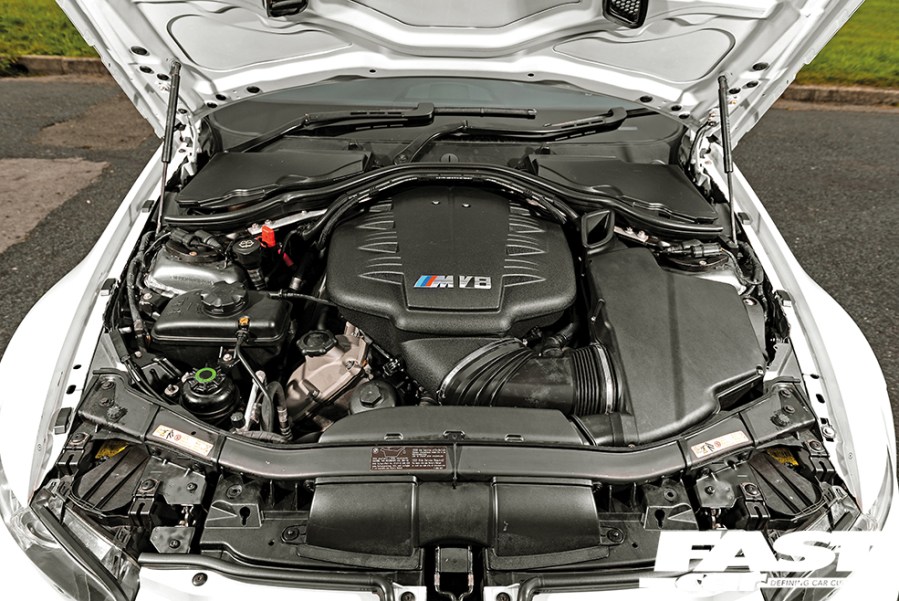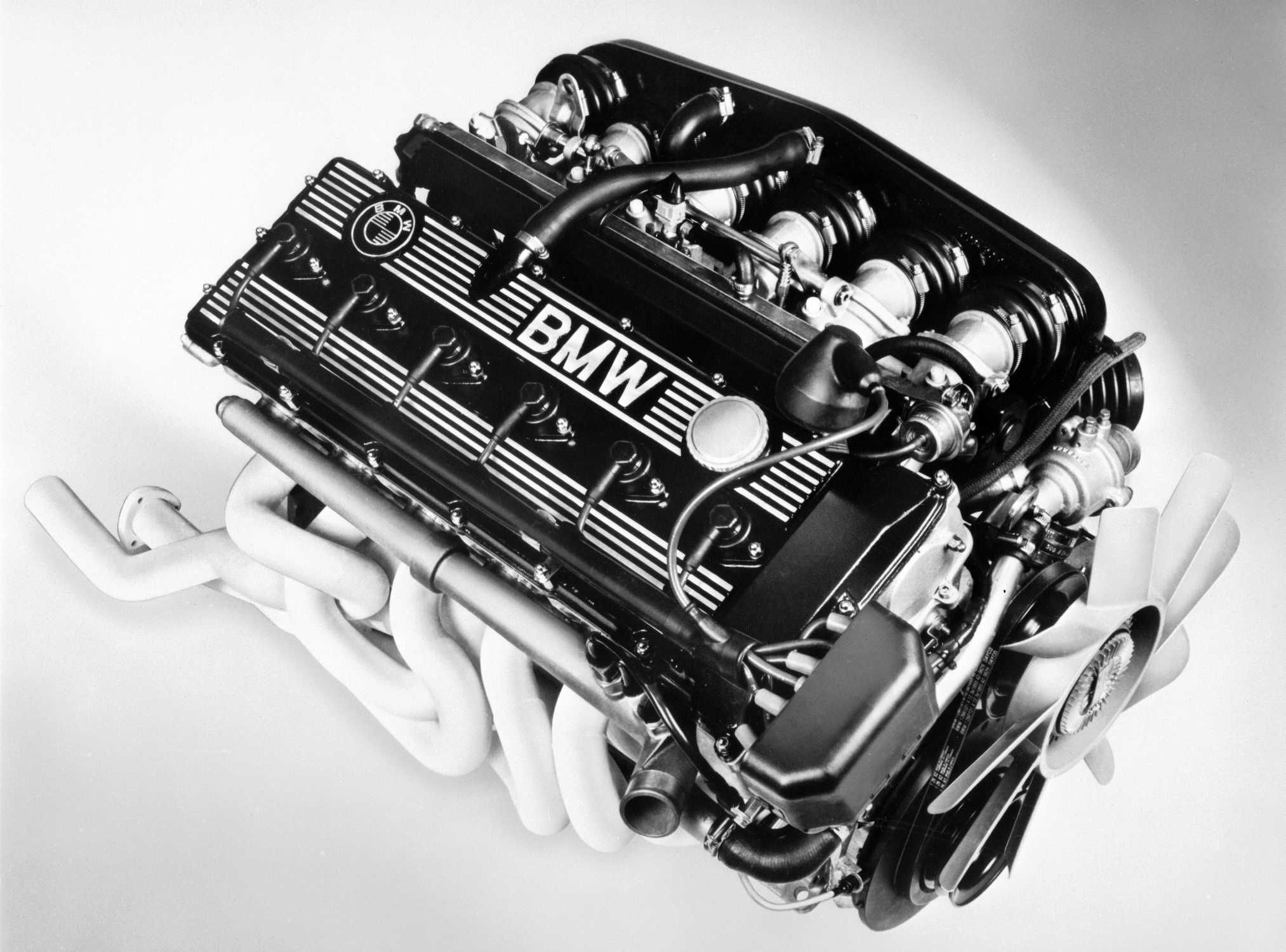The Duty of BMW Engine Layout in Getting Exceptional Fuel Effectiveness
The Duty of BMW Engine Layout in Getting Exceptional Fuel Effectiveness
Blog Article
Discovering the Evolution of Combustion Engines in Modern Transportation Systems
As we browse the landscape of contemporary transportation, the evolution of burning engines stands as a testimony to human resourcefulness and design prowess. The interplay of background, innovation, and environmental problems in shaping the trajectory of combustion engines develops a narrative that is both insightful and engaging.
Very Early Beginnings of Combustion Engines
Just how did the principle of burning engines very first emerge in the onset of transport development? When the principles of interior burning were very first discovered, the roots of burning engines can be traced back to the 17th century. In 1673, Christian Huygens conceived a fundamental internal combustion engine that made use of gunpowder to generate power. It had not been until the late 19th century that functional applications of combustion engines in transportation started to emerge.
The breakthrough moment featured the innovation of the very first effective gasoline-powered engine by Karl Benz in 1885 - bmw engine. This engine led the way for the advancement of the modern-day automobile, changing transportation systems worldwide. Subsequent technologies by Nikolaus Otto and Gottlieb Daimler further refined combustion engine innovation, leading to the mass production of vehicles and the fast development of the transportation industry
These early combustion engines were characterized by their simplicity and efficiency, laying the foundation for the complex and powerful engines used in modern transport systems. The advancement of burning engines has actually been critical fit the method we travel and carry products, noting a significant landmark in the history of transport growth.
Transition to Internal Burning Modern Technology
The shift to internal combustion technology marked a crucial change in the development of transportation systems. This change started in the late 19th century, with creators like Nikolaus Otto and Gottlieb Daimler developing the initial effective interior combustion engines. These engines revolutionized transport by using a more reliable and effective option to steam engines and electrical motors.
Among the key advantages of interior burning engines was their capability to be scaled down to fit into cars, causing the development of automobiles and bikes. This shift from bulky, fixed engines to compact, mobile ones led the way for the modern-day transportation systems we see today.
The change to interior burning innovation also stimulated developments in gas technology, bring about the development of fuel and diesel as primary fuel resources for vehicles. This shift not just made transportation a lot more accessible to the masses however additionally laid the foundation for the oil and gas sector to become indispensable to worldwide economic situations.
Impact of Combustion Engines on Transport
The adoption of combustion engines in transport systems militarized an extensive shift in the effectiveness and rate of global wheelchair. Burning engines revolutionized transportation by supplying a functional and reliable source of power for different automobiles, consisting of automobiles, planes, ships, and vehicles. This technology substantially boosted the capability for goods and people to conform cross countries in much shorter period, leading to enhanced connectivity between regions and nations.
Furthermore, the widespread use combustion engines has actually had a substantial influence on financial advancement. The capability to deliver items effectively has spurred trade and business, permitting businesses to expand their markets and get to customers worldwide. This has actually helped with economic development and globalization, as items can currently be carried quicker and in larger amounts than in the past.
Nonetheless, the environmental impact of burning engines can not be forgotten. The burning of nonrenewable fuel sources has brought about air contamination and More about the author greenhouse gas discharges, adding to climate change and posturing wellness dangers to populations. bmw engine. Therefore, there is a growing emphasis on creating alternate propulsion technologies to minimize these negative results and produce a more lasting future for transportation
Technologies in Combustion Engine Layout
One notable innovation is the development of turbocharged engines, which use exhaust gases to drive a turbine that presses inbound air, enabling for more fuel to be burnt, resulting in increased power output without a substantial rise in engine dimension. Variable valve timing systems have also changed engine layout by maximizing air movement at different engine speeds, enhancing both power and performance. These advancements jointly add to the constant enhancement of combustion engines in modern transportation systems.
Future Fads in Burning Engine Development
With modern technology developments driving continual innovation, the future of combustion engine growth is poised to this content reinvent transportation systems internationally. One of the key patterns in burning engine development is the push in the direction of higher efficiency and lowered emissions.
Another popular trend is the adoption of hybrid modern technologies in burning engines. Crossbreed engines integrate traditional combustion innovation with electrical power, offering enhanced gas performance and reduced emissions. As the automobile sector shifts in the direction of electrification, crossbreed burning engines are viewed as a transitional solution that bridges the space between traditional lorries and completely electrical ones.
Moreover, the combination of smart modern technologies, such as artificial intelligence and data analytics, is anticipated check here to play a significant function in the future of burning engine development. These technologies can enhance engine efficiency in real-time, causing a lot more reliable burning procedures and improved general automobile performance. Accepting these future patterns will not only drive development in combustion engine development but also contribute to an extra ecologically friendly and sustainable transport ecosystem.

Conclusion
In verdict, the development of combustion engines in modern transport systems has been marked by substantial improvements in innovation and design. From the very early beginnings of burning engines to the change to interior burning technology, these engines have had a profound influence on transportation.
The origins of burning engines can be traced back to the 17th century when the concepts of internal burning were very first explored. These engines reinvented transportation by using a much more powerful and effective alternative to heavy steam engines and electric motors.

Report this page